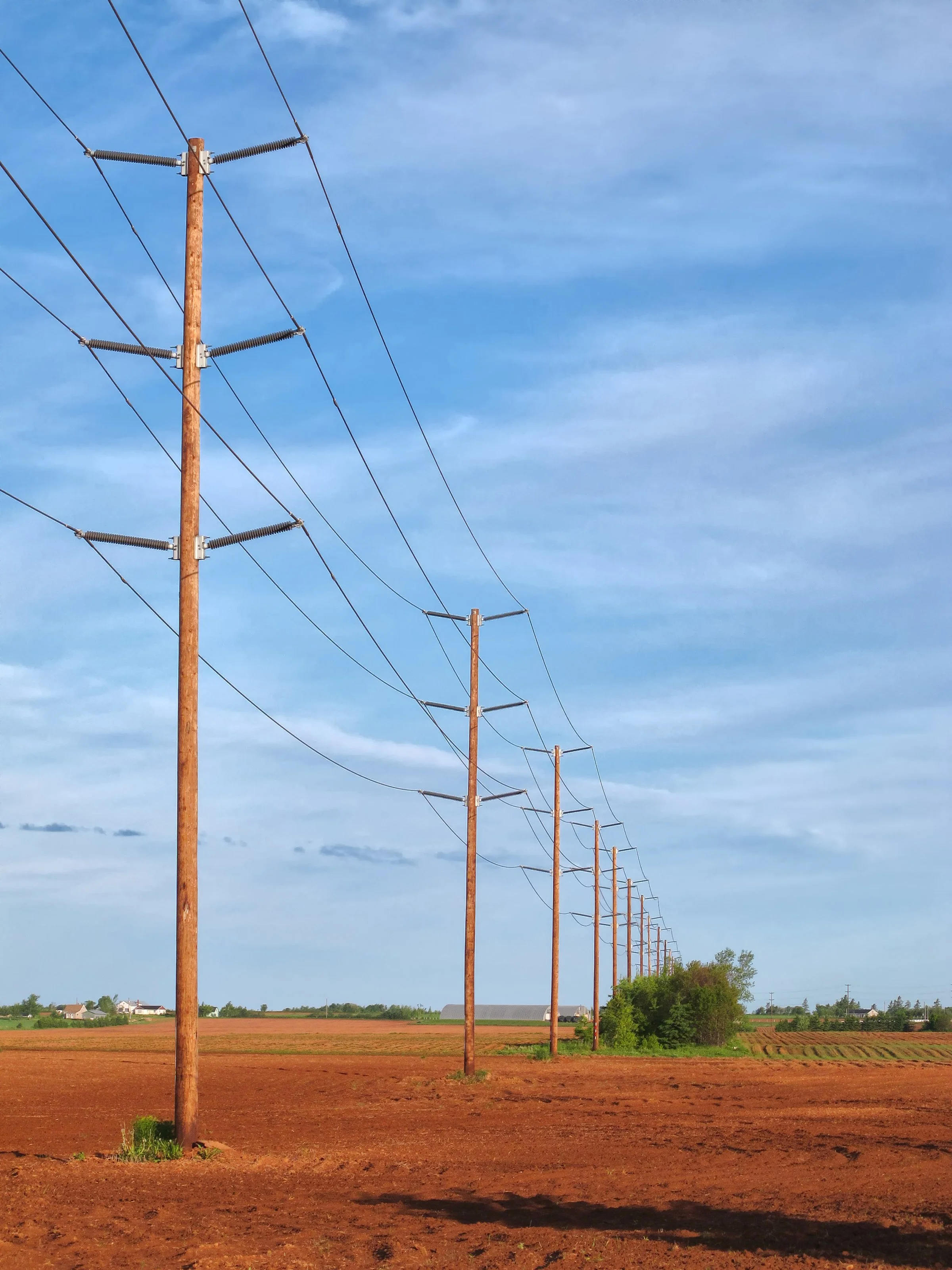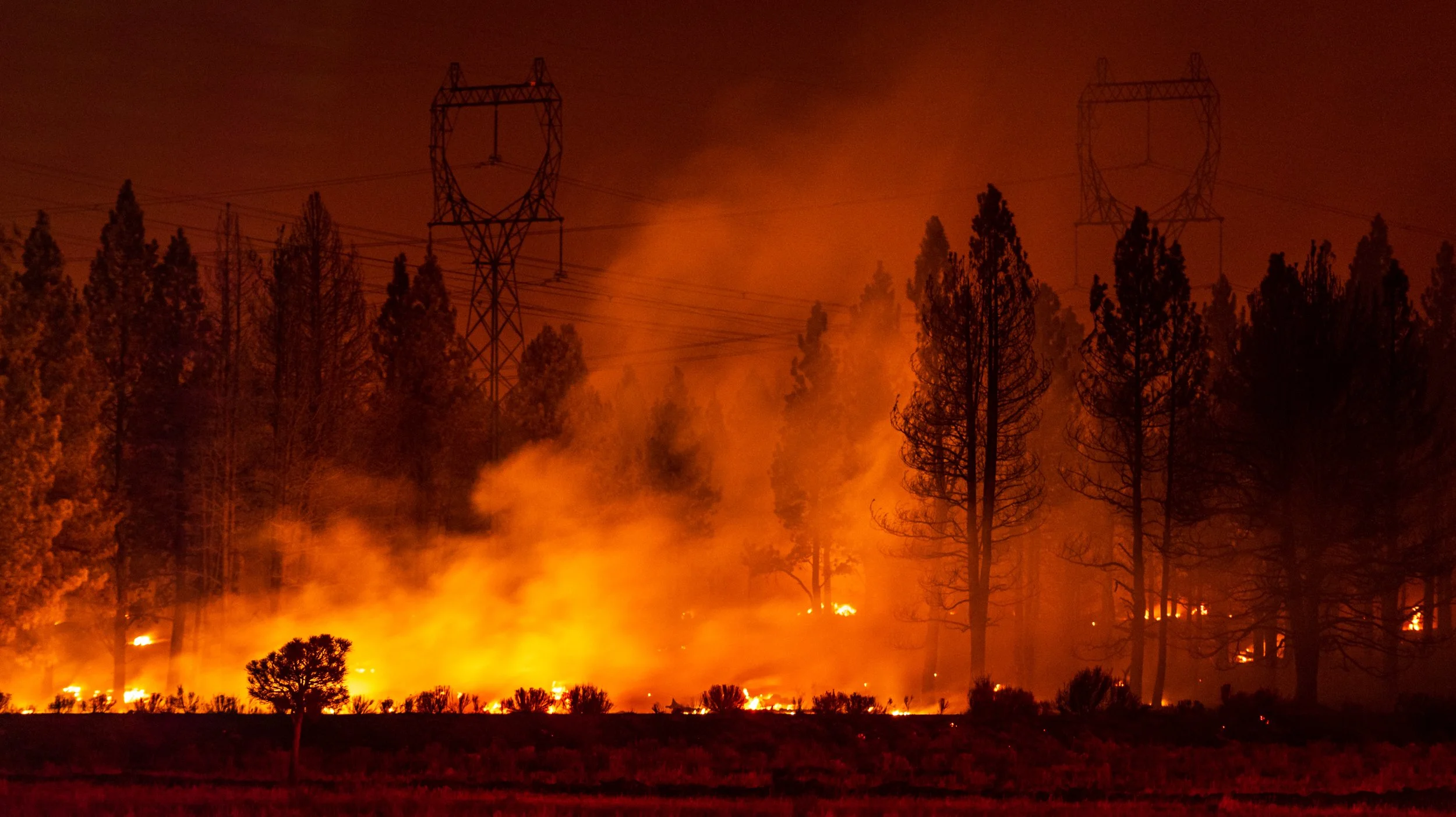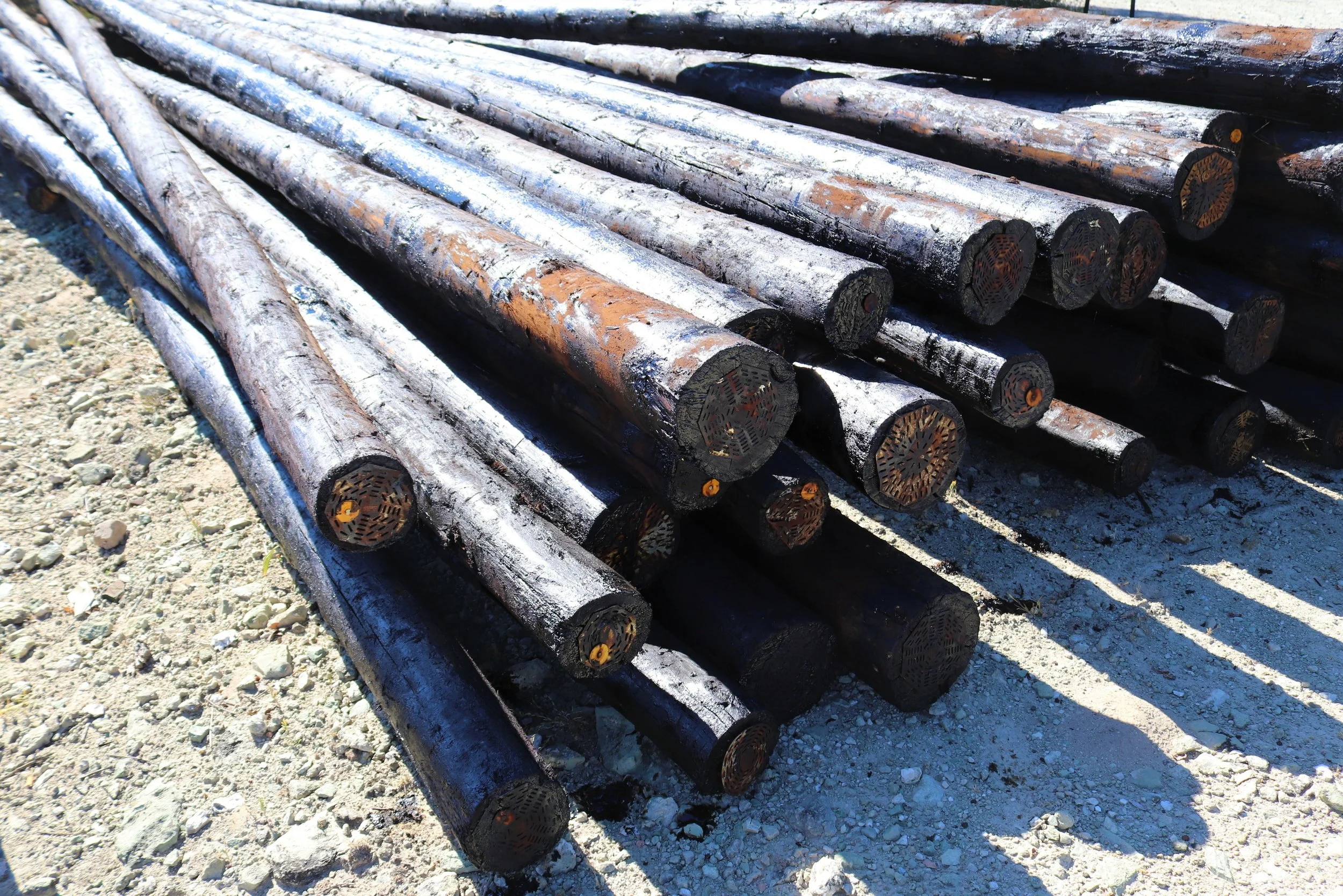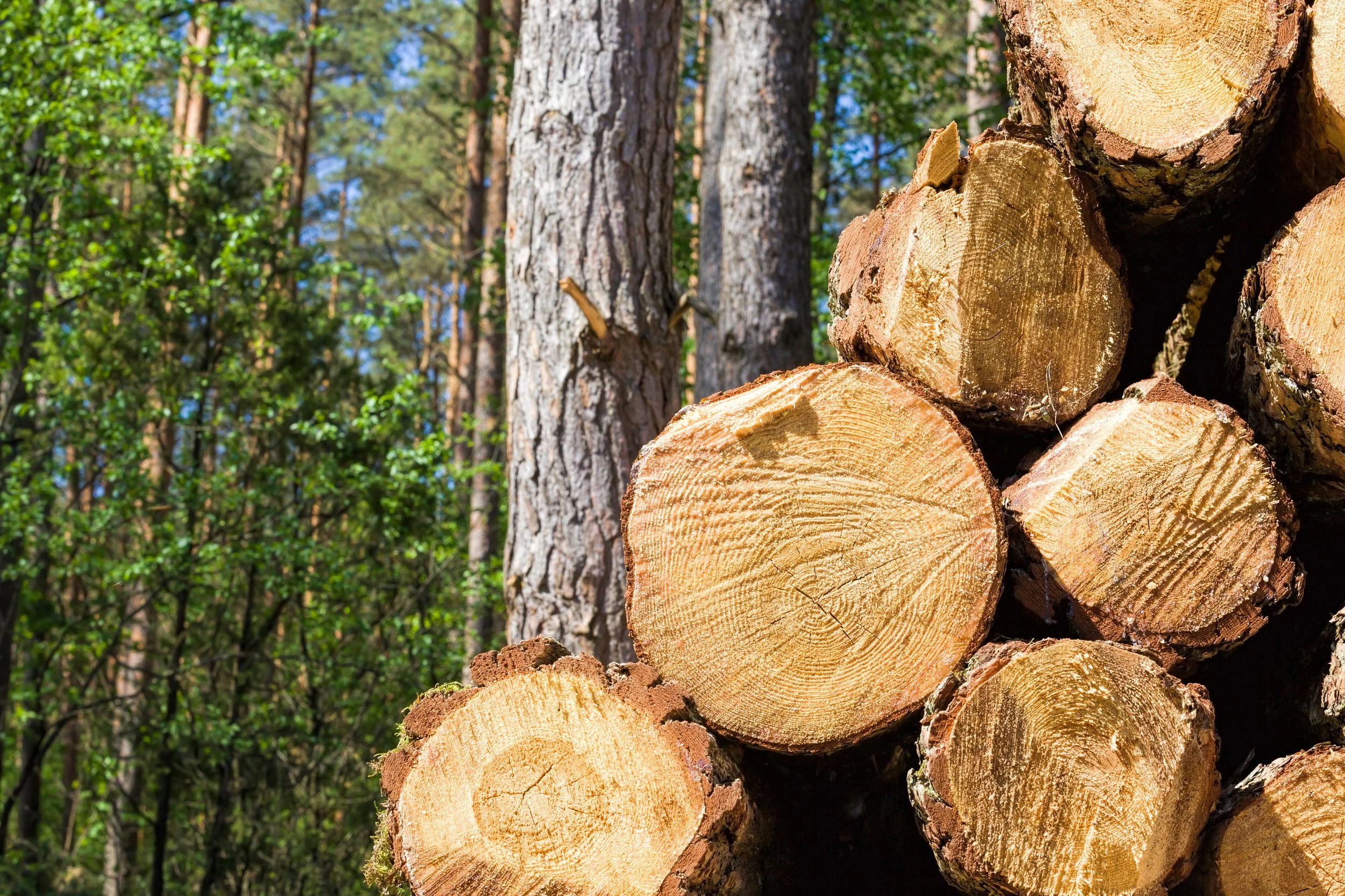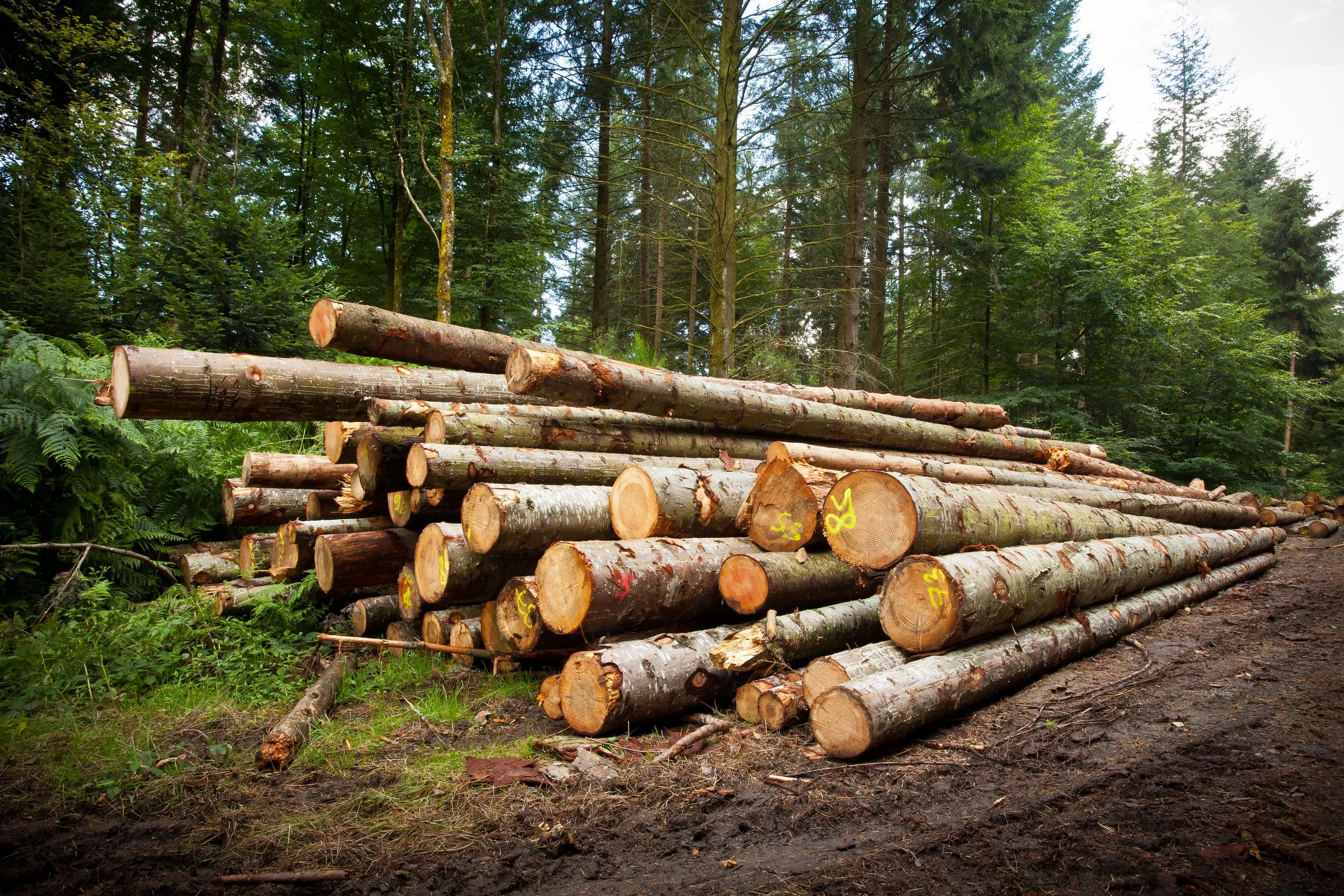Wooden Distribution Utility Pole Shortage
/The Wooden Distribution Utility Pole Shortage
Is it time for steel?
Everyone loves a good, sturdy, wooden utility pole. They are cheap, easy to work with, can be cut to size on-site, have a relatively high strength-to-weight ratio, they are flexible - which can be beneficial in areas with high winds or seismic activity -, but mainly because wood is a renewable resource, it can be grown and replenished over time. Also, many find wooden poles' natural look more aesthetically pleasing than other materials. For these reasons, there were approximately 137 million wooden distribution poles in North America as of 2020 according to the Edison Electric Institute.
But what if there were no poles to be had?
There are several factors contributing to the current wooden utility pole shortage.
Firstly, the increased capital spending of electrical utilities places an ever-increasing demand on the limited supply of wooden utility poles.
Secondly, extreme weather events such as hurricanes and wildfires have caused significant damage to the existing infrastructure, further increasing the demand for replacements.
Finally, there is a limited number of suppliers of wooden poles, and some of them have been impacted by consolidation and acquisition in the industry.
This shortage has caused delays in infrastructure projects, increased costs, and prompted a search for alternative options for many.
Increased capital spending
Canada has been actively pursuing the electrification of various sectors to reduce greenhouse gas emissions, enhance energy efficiency, and promote sustainable development, mainly in the areas of transportation, renewable energy integration, building electrification, industrial electrification and grid modernization. Hardening the grid, and renewing the aged infrastructure, mostly built in the 60s’, all create an ever-increasing demand for the limited supply of wooden utility poles.
Infrastructure Upgrades: Aging electrical infrastructure requires significant investments to upgrade and modernize the grid. This includes replacing outdated equipment, improving transmission and distribution systems, and integrating renewable energy sources.
Renewable Energy Integration: The transition towards cleaner and more sustainable energy sources, such as wind, solar, and hydroelectric power, necessitates investments in new infrastructure and grid enhancements to accommodate the increased capacity and variability of these renewable sources.
Grid Resilience and Reliability: Electric grid resilience and reliability is a priority for utilities. This involves investments in technologies and systems that improve outage management, grid monitoring, and integration of advanced control and communication technologies.
Electric Vehicle Infrastructure: The growing adoption of electric vehicles (EVs) requires expanded charging infrastructure across Canada. Utilities are investing in the deployment of charging stations, grid upgrades to handle increased demand and smart charging solutions.
Regulatory Requirements: Regulatory mandates and standards often drive utilities to invest in capital projects to meet environmental regulations, improve safety standards, and ensure compliance with industry guidelines.
EV charger installed on a wooden utility pole in Toronto
environmental circumstances
Severe weather events can cause power outages by damaging distribution lines, transformers, entire substations, and other components of the grid. Strong winds, heavy rainfall, and ice accumulation can lead to fallen trees and debris that disrupt power supply. Floods, wildfires, and other environmental events can cause severe physical damage to electrical infrastructure, including poles, wires, and other equipment. Some recent environmental circumstances can highlight the vulnerabilities of the electrical grid and expose areas where improvements are needed to enhance resilience.
In 2022, Hurricane Ian left 2.6 million Floridians in the dark, while Hurricane Fiona knocked out 70 percent of the power in Puerto Rico. A year earlier, Hurricane Ida cut off power to nearly a million people in Louisiana when winds as high as 150 miles an hour damaged 31,000 poles. Much of the state’s transmission system was built to a 1970s standard that only anticipated maximum wind speeds of 95 miles an hour.
In February 2021, an extreme winter storm event caused a massive electricity generation failure in the state of Texas, which resulted in a loss of power for more than 4.5 million homes. This failure has resulted in at least 57 deaths across 25 Texas counties and over $195 billion in property damage, bringing attention to the energy system crisis and its potential causes.
Source: Graph by the U.S. Energy Information Administration, based on data from the U.S. Department of Energy Office of Cybersecurity, Energy Security, and Emergency Response
Heat waves and wildfires can also challenge the electricity system. In 2021, the Pacific Northwest suffered a prolonged heat wave that melted power cables and sagged power lines, leading to planned and unplanned outages. In 2020, a heat wave in California forced utilities to rely on rolling blackouts. With wildfire threats increasing utilities in California have preemptively cut power in windy and dry conditions to prevent a falling branch or downed wire from sparking a wildfire. When wildfire smoke and ash prevent sunlight from reaching solar panels, dramatic reductions in electrical generation can occur. California’s unprecedented blazes in 2020 reduced solar power production by up to 30 percent overall, and cut its solar energy generation in half on the days with the largest flames.
But we don’t have to look across the border nor need we to look very far into the past. On April 5, 2023, just a short while ago, the 2023 Canadian ice storm devastated Quebec and Ontario, knocked out electricity for more than a million people, resulted in fatalities, and severely damaged property and infrastructure.
Some Canadian utilities are already taking the initiative and engaging in utility pole replacement programs, such as Hydro Ottawa, through the Alta Vista Ward - Pole Replacement Project; involving the replacement of aging hydro poles and equipment on Dahlia Avenue and Kilborn Avenue.
Source: https://i.cbc.ca/1.6803918.1680799957!/fileImage/httpImage/image.jpg_gen/derivatives/16x9_780/day-after-montreal-ice-storm-hydro-worker-rosemont.jpg
Supply chain challenges
All of the above-listed events and circumstances contribute to utilities in North America reviewing their infrastructure, increasing their spending, and increasing overall demand in all areas of electrical equipment manufacturing, while the supply often remains unchanged.
Wooden utility pole treating capacity of market-leading companies has not changed over the recent years, largely due to the fallout of the slowly-resolving supply chain issues during the COVID-19 pandemic, but also in no less part due to some consolidation and acquisition maneuvers performed by some of the major players in the industry. While consolidation does not necessarily directly affect the output of any manufacturing facility, turnover and uncertainty due to fluctuation in executive positions often have long-reaching ripple effects.
Creosote treated poles
The recent changes to the legislation behind the chemicals used during wooden pole treatment also resulted in uncertainty in the market. About half of the wooden utility poles are treated with Pentachlorophenol, also known as PCP or Penta in the trade. In 2015, the Stockholm Convention banned Penta, classifying it as a persistent organic pollutant. On October 4th, 2022 Health Canada published a ‘Re-evaluation Note’ as an update to inform the public of the cancellation of all products containing pentachlorophenol.
Treating wooden utility poles with Penta is quick, while treatment with other chemicals requires prolonged exposure, further increasing lead times, and stressing emergency replacements - even making it impossible.
Read more about the
Penta ban in our dedicated article - details, reasons, dates and deadlines
Finally, there is growing concern about the overall quality, specifically the density of the wood used for utility poles. New wood used for utility poles may appear less dense compared to wood used in the past due to a variety of factors:
Species Selection: Utility pole manufacturers may now be using different tree species or sources of wood compared to the past. Some tree species may naturally have lower density or specific characteristics that make them suitable for utility pole applications, even though they may appear less dense.
Timber Management Practices: Modern timber management practices often emphasize faster growth and higher yields. This can result in wood that is less dense compared to slower-growing trees that were traditionally used for utility poles. These practices aim to meet the increasing demand for wood products while ensuring sustainable forestry practices.
Early Harvesting: To meet the demand for utility poles, younger trees may be harvested for pole production. Younger trees typically have lower density compared to older, more mature trees. Harvesting trees at a younger age allows for a quicker supply of utility poles but may result in slightly less dense wood.
Is wood still as good as we remember?
As great as wooden utility poles are, the picture is not quite so perfect when we take a closer look at the nuances of using wood - or take a step back and look beyond the short-term advantages from a lifecycle-cost point of view.
Durability: Wooden poles have a limited lifespan, typically around 30 years, due to rot, decay, and insect damage. This can result in costly replacement and maintenance.
Fire hazard: Wood is flammable, and wooden poles can pose a fire hazard, particularly during dry weather conditions.
Environmental impact: Wooden poles require the harvesting of trees, which can have a negative impact on the environment if not done sustainably.
Weight and size: Wooden poles are heavier and bulkier than their steel or composite counterparts, which can make transportation and installation more challenging.
Pole top decay: The top portion of wooden poles can be prone to decay due to exposure to the elements, which can compromise their structural integrity and pose a safety risk.
If you are like many other municipal and provincial utility companies and are forced to research alternatives to your wooden distribution utility poles due to the lack of availability, or if you are looking for a sustainable, more environmentally friendly, lower lifecycle cost alternative, then we can highly recommend Valmont®’s steel poles - they don't rot, they don't get infested with bugs, and they don't require constant maintenance, but most important of all, they are readily available.
Pre-engineered steel poles can be chosen from a catalogue, cutting back the time spent on drawings,
Rapid speed to market is ensured by available onsite inventories,
Minimal customization is required in the field, as steel poles can be pre-fitted with holes, ladders or steps.
Find out more about Valmont®’s Steel Distribution Poles:
For pricing, delivery, or more product information:



